Purple Loosestrife
About Purple Loosestrife
A perennial from Europe, Purple Loosestrife (Lythrum salicaria) usually grows from 3-5 feet tall, but can reach a height of up to 7 feet. Its long stalks of purple flowers are a common sight in wetlands.
The Problem
It invades wetlands, often forming dense colonies that exclude native plants. A single purple loosestrife plant can produce a million or more small seeds that are spread by water and waterfowl.
The Solution
For small populations, hand pulling can be effective. Repeated cutting can prevent seed production and may eventually kill the plants. Application of a systemic herbicide to freshly cut stems or as a foliar spray is generally effective. Galerucella beetles have been introduced under a state-sponsored program, and have successfully suppressed this plant in many areas.
Control of invasive plants in wetlands is subject to the Massachusetts Wetlands Protection Act; anyone planning such work should first check with the conservation commission in the local community. Always read and follow the directions on the label when using herbicide. In wetlands, only apply herbicides registered for use in those areas.
Pictures of Purple Loosestrife
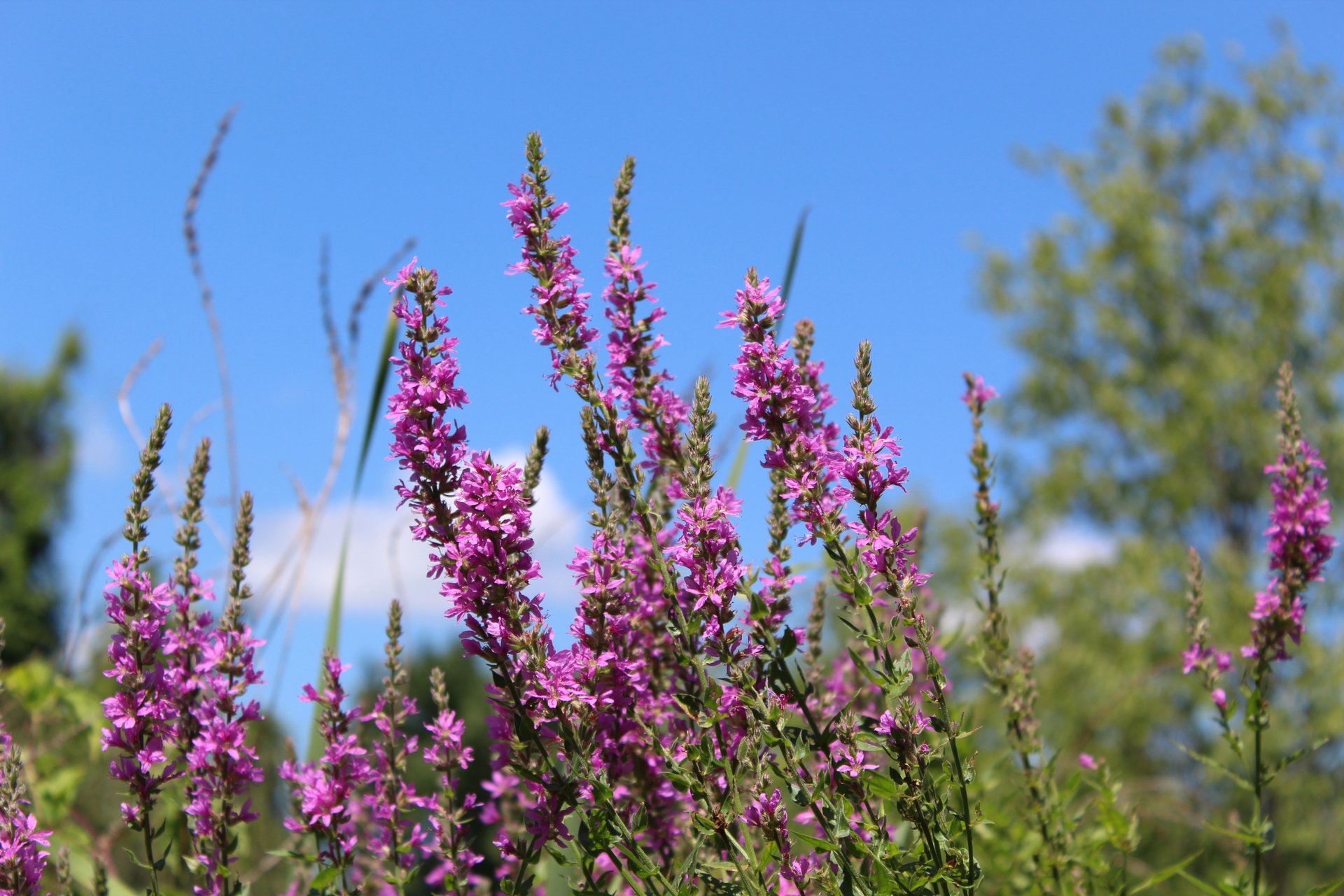
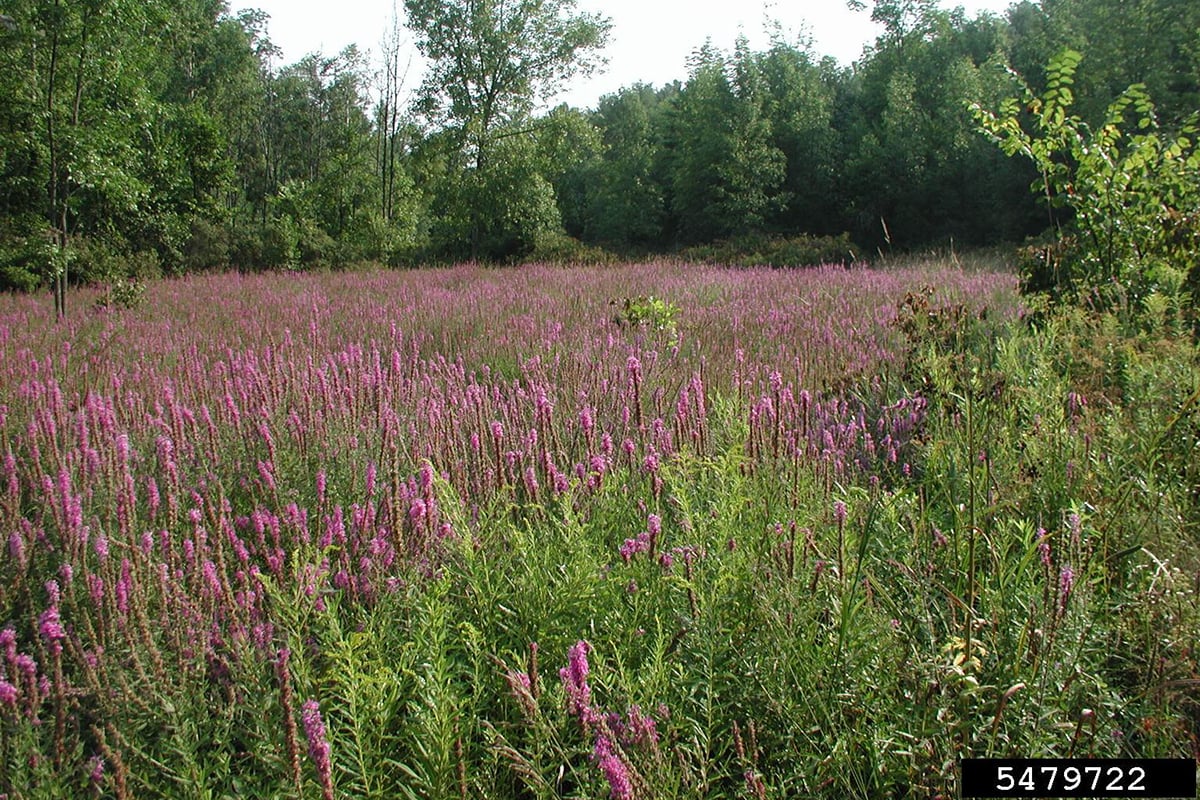
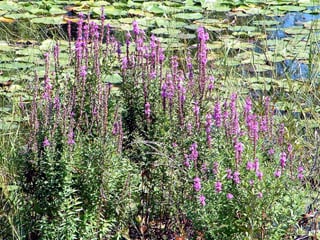
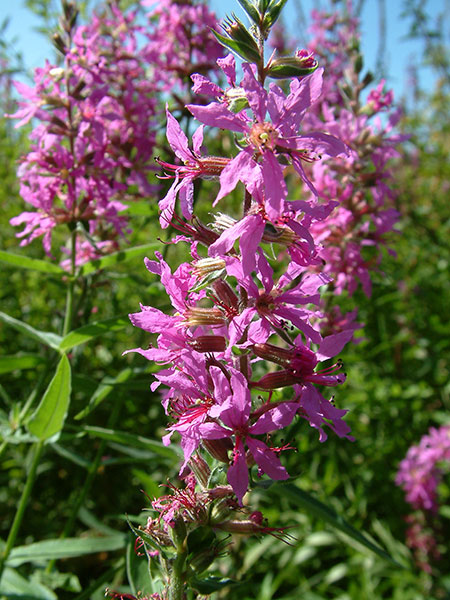
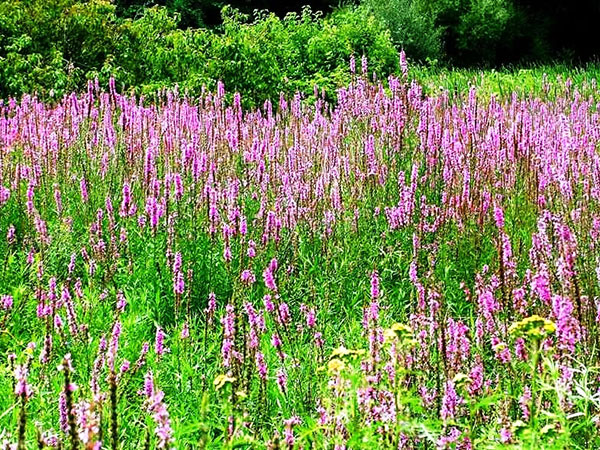
Stay Connected
Don't miss a beat on all the ways you can get outdoors, celebrate nature, and get involved.


